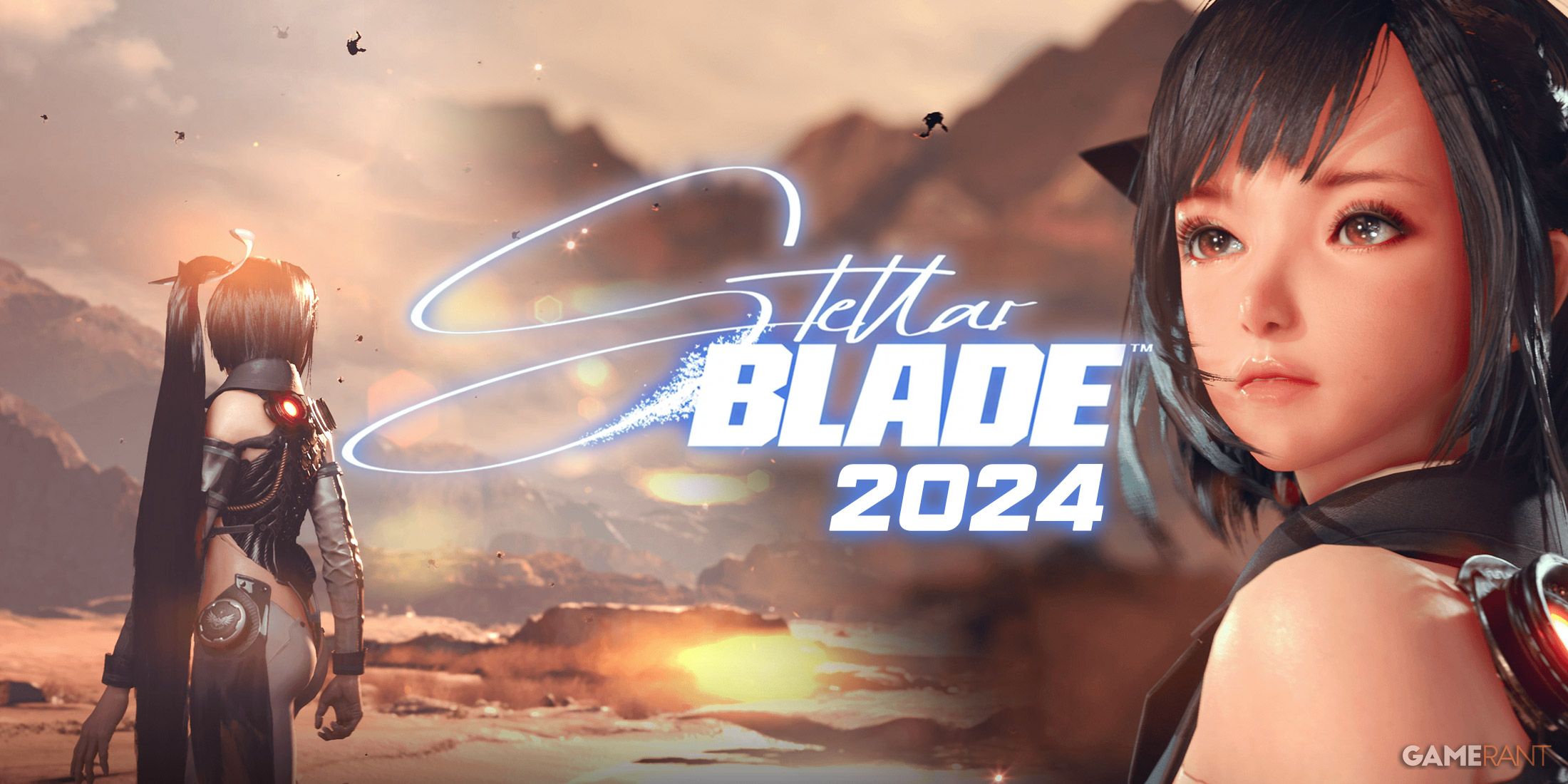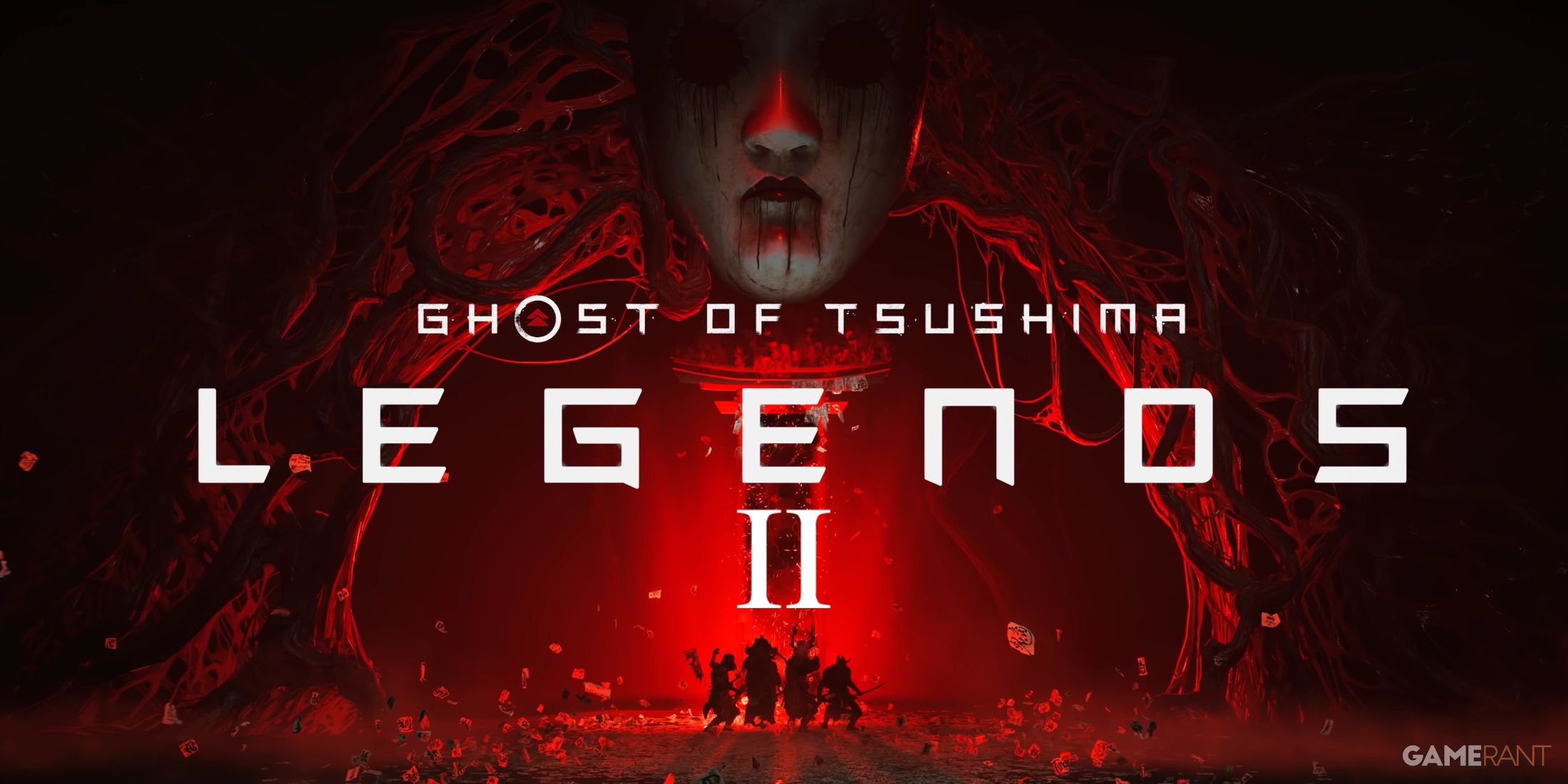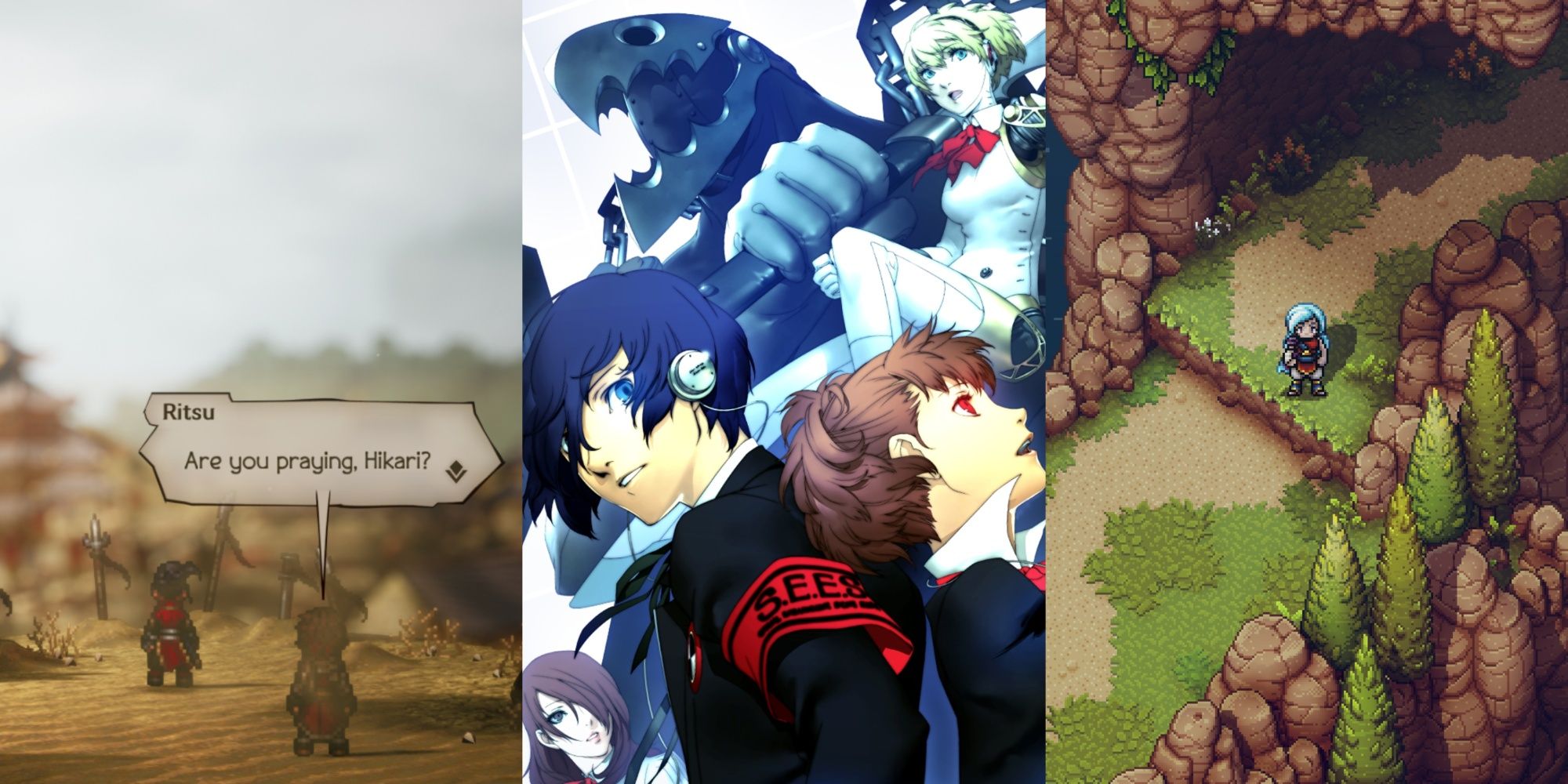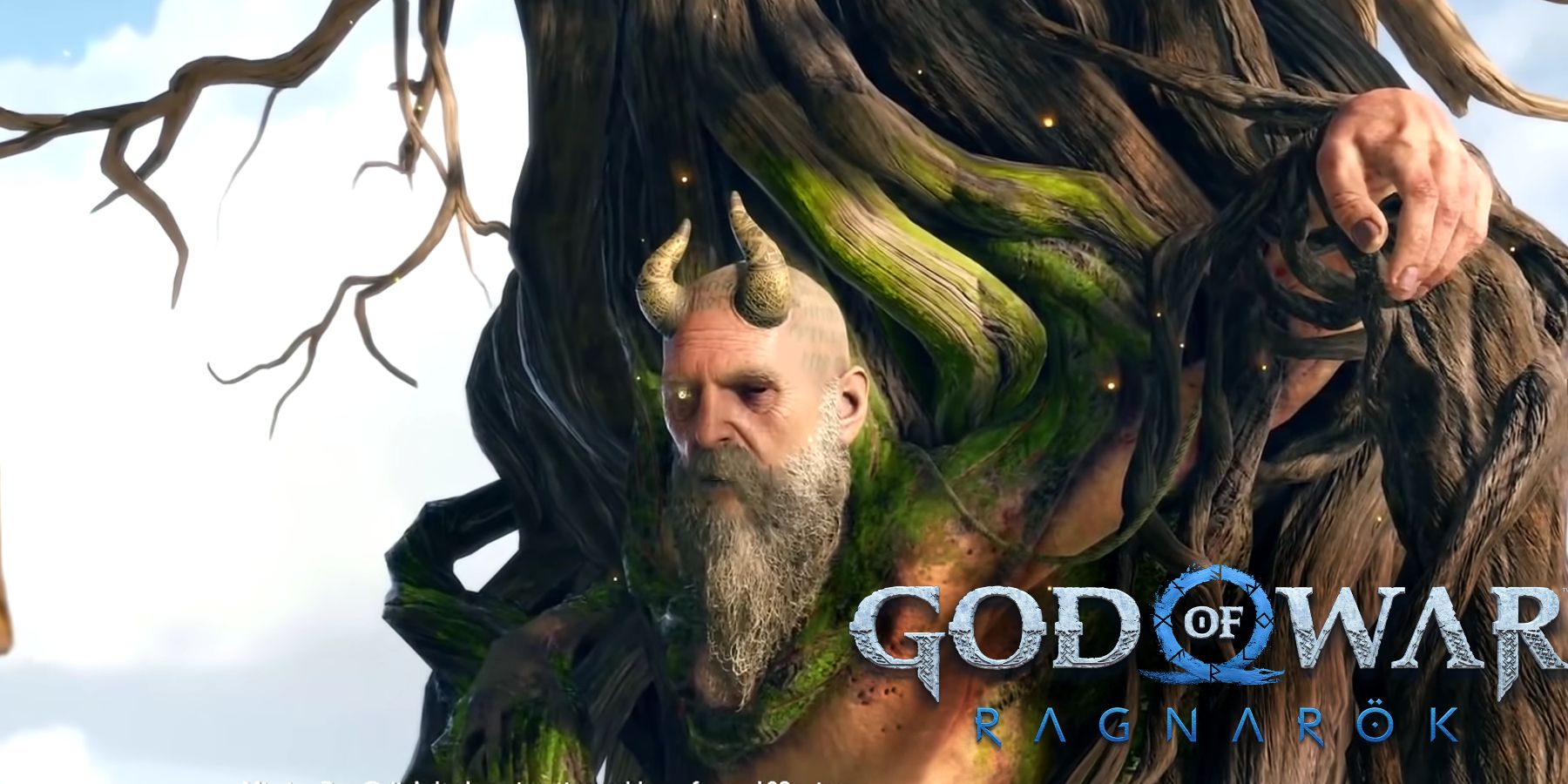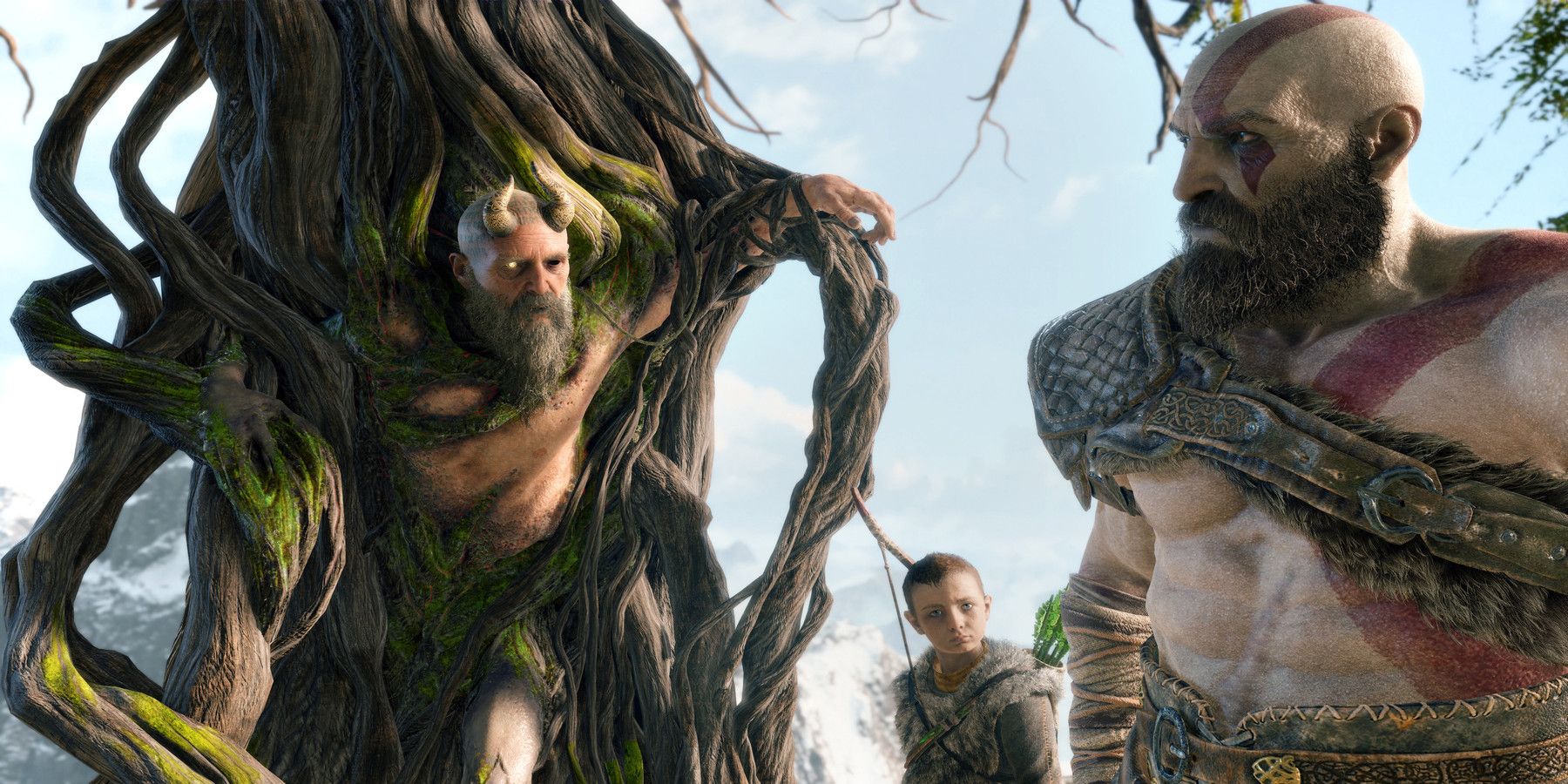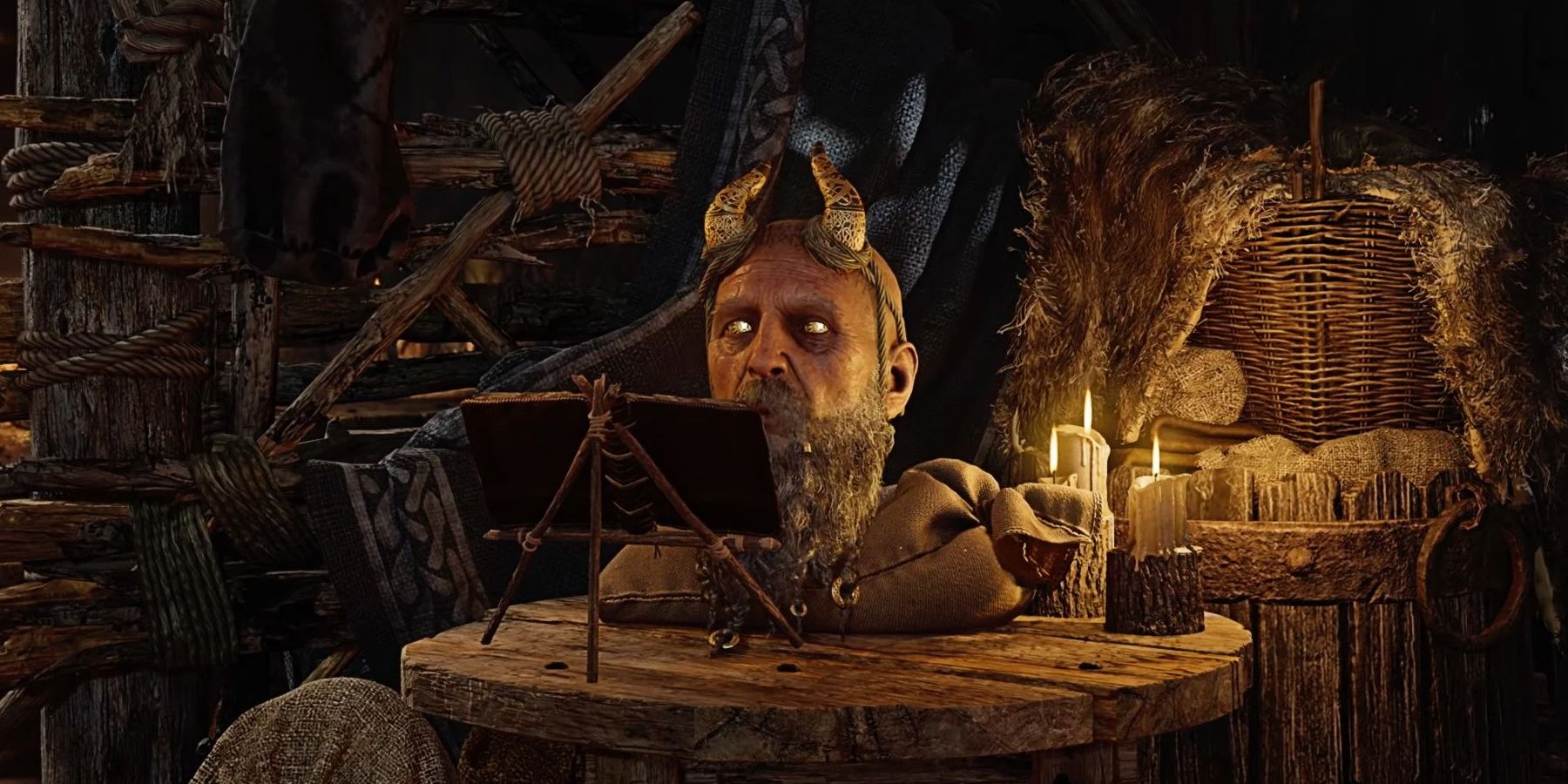In the run-up to the release of God of War: Ragnarok, fans continue to theorize about potential twists and turns. In the original God of War games, the mythological world and story were built up over three games and numerous spin-offs, while it has been announced that God of War: Ragnarok will be the last game set within the Norse-based world that 2018's soft reboot introduced. With less time in this setting, it seems like there's an almost infinite amount of Norse mythology the next game could incorporate, but from what the previous God of War game has emphasized, there's been a heavy focus on certain mythological figures. One of these, Mimir, has had significant changes made to his character already, which makes it likely that he holds the key to traveling to other mythological worlds.
Dialogue in God of War seems to indicate Mimir, like Kratos, has traveled to different mythological realms. The only other god who is known to have done this is Tyr, who is also likely to play an important role in God of War: Ragnarok. Compared to some other gods and mythological figures that have featured in God of War, the surviving mythology surrounding Mimir is relatively sparse. However, this in itself is hugely telling of what the developers might have planned for Mimir, as the previous game included an invented backstory for the character. Although the Norse saga is ending for the God of War series, that doesn't mean Mimir won't be continuing to travel with Kratos.
Mimir's Mythological Background
Like Medusa's head in previous God of War games, Mimir's disembodied head clips onto Kratos as he travels through the Norse worlds. However, unlike Medusa, Mimir is conscious and can offer Kratos advice and information as he travels. This is faithful to Mimir's mythological counterpart, as he is often associated with having vast wisdom and knowledge, and he does lose his head. In mythology though, Mimir's head is generally shown to give Odin advice. With Odin being set up as one of the major antagonists for the next game, it makes sense that Mimir's story would be altered to align him with Kratos. Generally, though, Mimir from Norse mythology is largely an ally to Odin, and so their backstory in God of War is largely invented.
From a gameplay perspective, Mimir is a useful guide that helps the player orientate themselves in this mythological world, so his exaggerated role in the game could be due to this. However, the God of War developers may have more planned for the decapitated head, as he's acted as a near-constant companion to Kratos for the previous game. Some sources identify Mimir as a Jotnar, the Norse race of Giants, but in the story of Mimir losing his head, he is described as a man of great understanding and knowledge. In the later story, Mimir is sent by the Aesir gods to the Vanir in exchange for a hostage. The Vanir gods then behead Mimir and send his head back to the Aesir, at which point Odin fills the head with herbs to preserve it. Mimir becomes an advisor to Odin after this, which is a notable difference from how God of War details Mimir's beheading.
The game makes mention of Mimir's well, Misibrunnr, which in mythology is said to be located beneath one of the roots of the world tree, Yggdrasil. Whoever drinks from the well is said to gain great knowledge, and there are some references to Odin visiting this well for council in mythology. Heimdall's Gjallarhorn, a horn used to announce Ragnarok, is mentioned as being used to drink out of Mimir's well.
However, God of War's version of Mimir reveals this well was laced with psychogenic mushrooms, and this is what causes Odin to lose his eye. While this change is mostly comical, it does seem to lean into the descriptions of Mimir as mischievous. In fact, some changes made to Mimir's character, along with his accent, have led fans to believe he may be another mythological figure entirely.
Who Else God of War's Mimir Could Be
While Mimir is the name of a figure from Norse mythology, he is the only character in the game with a pronounced Scottish accent. While traveling by boat in God of War, Mimir will tell random stories; one of these stories seems to reference a previous life, where Mimir served a fairy king as a mischievous jester and errand boy. During the story, Mimir also references the name Goodfellows, which has fueled the theory that Mimir is actually Puck, or Robin Goodfellow, from English folklore. The significance of this is yet to be explored, but there is plenty of evidence that the God of War series will explore travel between different mythological realms in the future. Mimir may play an important role in this, especially since it is unknown if Tyr, the other god to travel to other mythological realms, will be an ally or an enemy of Kratos.
For a series with a solid dedication to bringing mythology to life, the move to incorporate numerous mythologies into God of War reflects the way that mythology works in real life, too. It's widely acknowledged that gods from different pantheons serve similar purposes and have similar backstories, a natural phenomenon considering many ancient belief systems spread all over the world. Therefore, gods jumping between different mythological realms adds a lot of potential for future God of War games that can draw from a massive amount of stories throughout various mythologies.
It seems God of War is set to keep fans guessing about gods' true identities since the last game ended with the twist regarding Loki. As such, it's entirely possible Mimir has a much deeper connection to mythology than initially thought.
God of War: Ragnarok is set to release in 2022 for PS4 and PS5.

